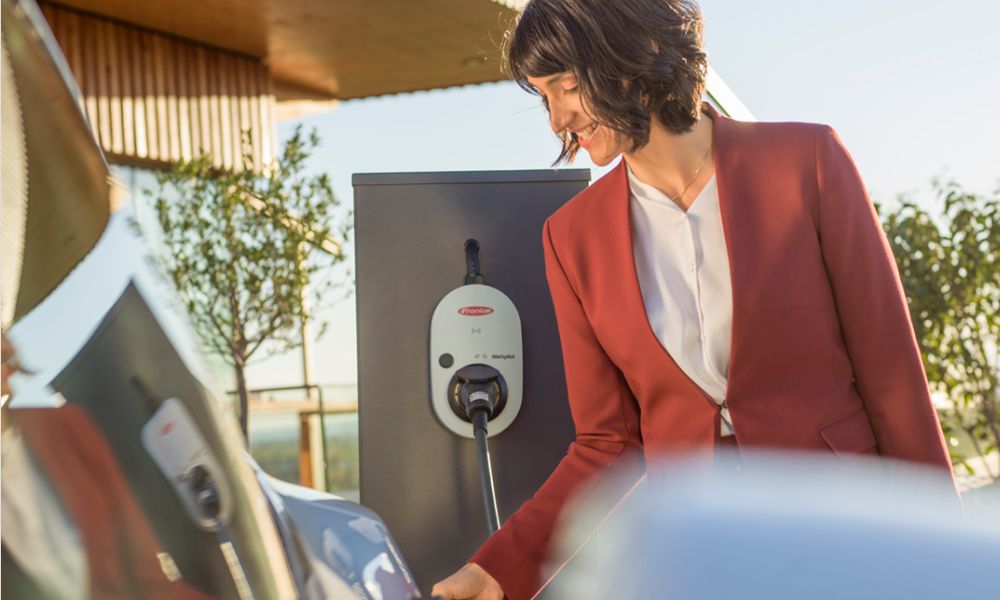How to charge an EV in a cost-effective way

With the recent increase in the electric vehicle (EV) revolution, the Fronius Wattpilot has stepped up as one of the few charging solutions on the Australian market that can automatically switch between single-phase and three-phase electric car charging. Not only this but it optimises the use of surplus photovoltaic (PV) energy, making it a top choice for eco-conscious EV owners.
One of the key features that set the Wattpilot apart from the rest is its ability to regulate its output in precise 1-ampere steps, which equates roughly to 0.23 kW. This functionality also allows Wattpilot to make optimal use of the surplus PV energy, ranging from as little as 1.38 kW to 22 kW. By harnessing the excess energy generated from your solar, the Wattpilot can charge your vehicle at no extra charge, turning the sunlight captured by your solar system into a direct source of power for your vehicle.
This table displays an example of how Wattpilot increases its charging as surplus PV energy increases:
| Charging Current | 6 Amps | 8 Amps | 10 Amps | 12 Amps | 14 Amps | 16 Amps | 20 Amps | 24 Amps | 32 Amps |
| 1-Phase | 1.38 kW | 1.48 kW | 2.3 kW | 2.76 kW | 3.22 kW | 3.68 kW | 4.6 kW | 5.52 kW | 7.3 kW |
| 3-Phase | 4.14 kW | 5.52 kW | 6.9 kW | 8.28 kW | 9.66 kW | 11 kW | 13.8 kW | 16.56 kW | 22 kW |
At a defined level of roughly 4.1kW the Wattpilot automatically switches from single-phase to three-phase charging to accommodate larger PV surpluses. This intelligent transition ensures that more of your solar energy is put to use, rather than it going to waste.
The benefits of PV Surplus Charging with Wattpilot
Investing in a Wattpilot charger offers many advantages, particularly for those with an installed solar system:
- Maximised PV Surplus Usage: Efficiently utilise PV energy from as low as 1.38 kW up to 22 kW.
- Cost-Effective Energy: Charge your EV with the cheapest and cleanest energy available – solar power.
- Sustainable Charging: Reduce your carbon footprint by relying on renewable energy sources
- Increased Self-Consumption Rates: Use more of your self-generated solar power, improving the return on your PV investment.
- Shorter Payback Period: Faster ROI on both your PV system and your EV.
The Wattpilot charger is compatible with any solar system, and when paired with a Fronius Smart Meter, it offers even greater control and efficiency. By combining these technologies, you can enjoy a charging solution that is not only cost-effective but also environmentally friendly.
In a world where sustainability is becoming increasingly important the Wattpilot provides a smart, scalable solution for EV owners looking to make the most of their PV systems. Whether you’re looking to save on energy costs or simply want to reduce your reliance on fossil fuels, Wattpilot’s PV surplus charging is a step in the right direction.
Have further questions? Contact us:
1300 406 210


